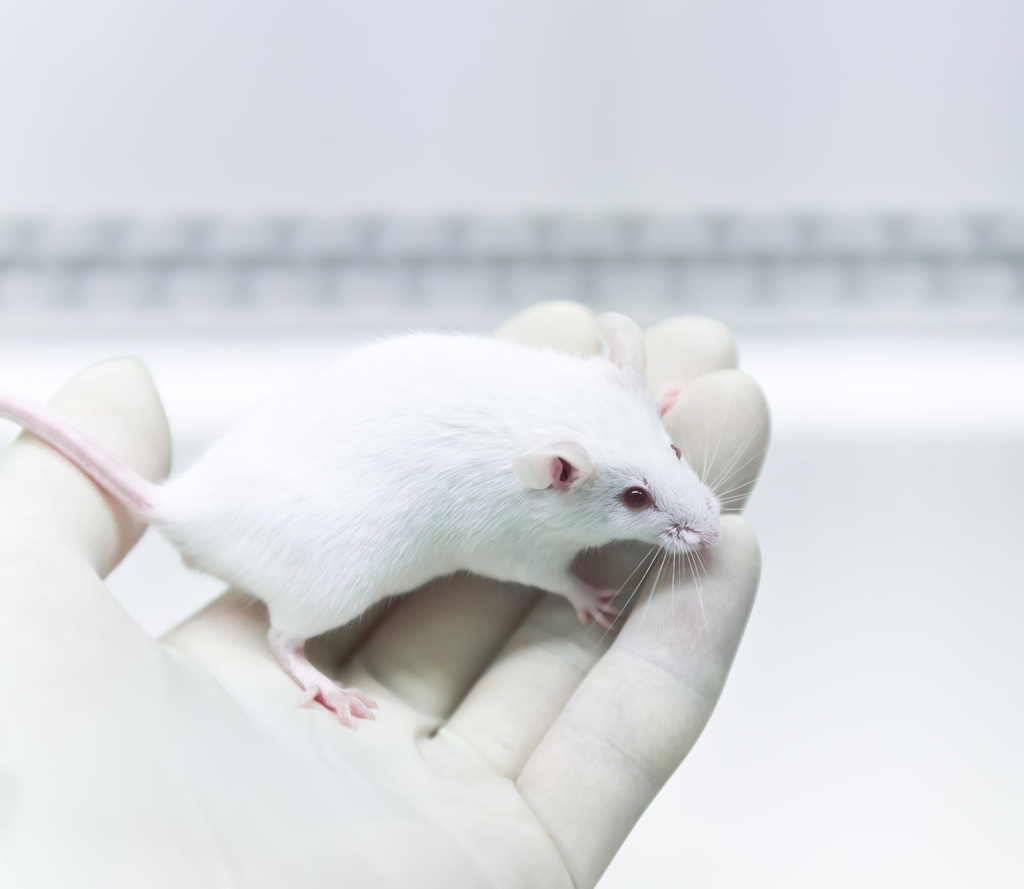Lowering EphA4 Gene Expression Has Limited Therapeutic Potential in Mouse Model of Severe SMA, Study Says

Lowering the expression of the EphA4 gene — a gene that plays a major role in many neurological disorders — is not enough to improve motor function and survival in a mouse model of severe spinal muscular atrophy (SMA), a study has found.
The study, “Lowering EphA4 Does Not Ameliorate Disease in a Mouse Model for Severe Spinal Muscular Atrophy,” was published in Frontiers in Neuroscience.
EphA4 is a receptor that belongs to the Eph-ephrin system, which plays an important role in axon guidance during the development of the nervous system. Axons are the extensions of nerve cells, also known as neurons, which are responsible for the transmission of the electrical signals within the central nervous system (comprising the brain and spinal cord).
Although the EphA4 receptor is present only at low levels in adults, it has been implicated in many neurological disorders, including spinal cord injury, stroke, and Alzheimer’s disease.
“Previously we identified EphA4 as a modifier of amyotrophic lateral sclerosis (ALS) in both zebrafish and rodent models,” the researchers wrote.
In a previous study, researchers from the KU Leuven – University of Leuven, in Belgium, found that blocking the activity of EphA4 slowed the onset and progression of ALS and improved motor function in several animal models of the disease.
Moreover, they showed that the loss of EphA4 rescued axonal defects in a fish model of SMA, “suggesting that the neuroprotective effect of EphA4 inhibition could translate to other motor neuron diseases.”
In the new study, the same team investigated the therapeutic potential of reducing the levels of EphA4 in a mouse model of severe SMA.
To that end, they first crossed SMA mice with mice that had been genetically-modified to lack a copy of the EphA4 gene in order to obtain SMA animals that produced less EphA4 than normal. The survival and motor function of these animals were then compared with that of SMA animals producing normal amounts of EphA4.
The researchers found a similar average lifespan between SMA animals that lacked a copy of the EphA4 gene (mean of 13.4 days) and those that had both copies of the gene (13.9 days).
Moreover, both groups showed the same type of motor impairments (lack of hind-limb muscle strength and abnormal reflexes).
When the scientists looked at the structure and organization of neuromuscular junctions (NMJs) — regions where motor neurons and muscle fibers communicate — in SMA mice, they found a dramatic decrease in the amount of NMJs that remained fully innervated when sick mice reached 11 days old. The inactivation of one copy of EphA4 did not change that scenario.
In contrast to previous positive results in a zebrafish model of SMA and in a mouse model of ALS, the study demonstrates that loss of one copy of EphA4 is not sufficient to improve the innervation of the NMJs, motor neuron survival, motor function, and survival in a mouse model of severe SMA, the researchers wrote.
“We hypothesize that this is due to either a too severe clinical phenotype [symptoms] in the mouse model with a too short time window for possible re-innervation, or to a limited therapeutic potential of reduced EphA4 in SMA,” they said.







